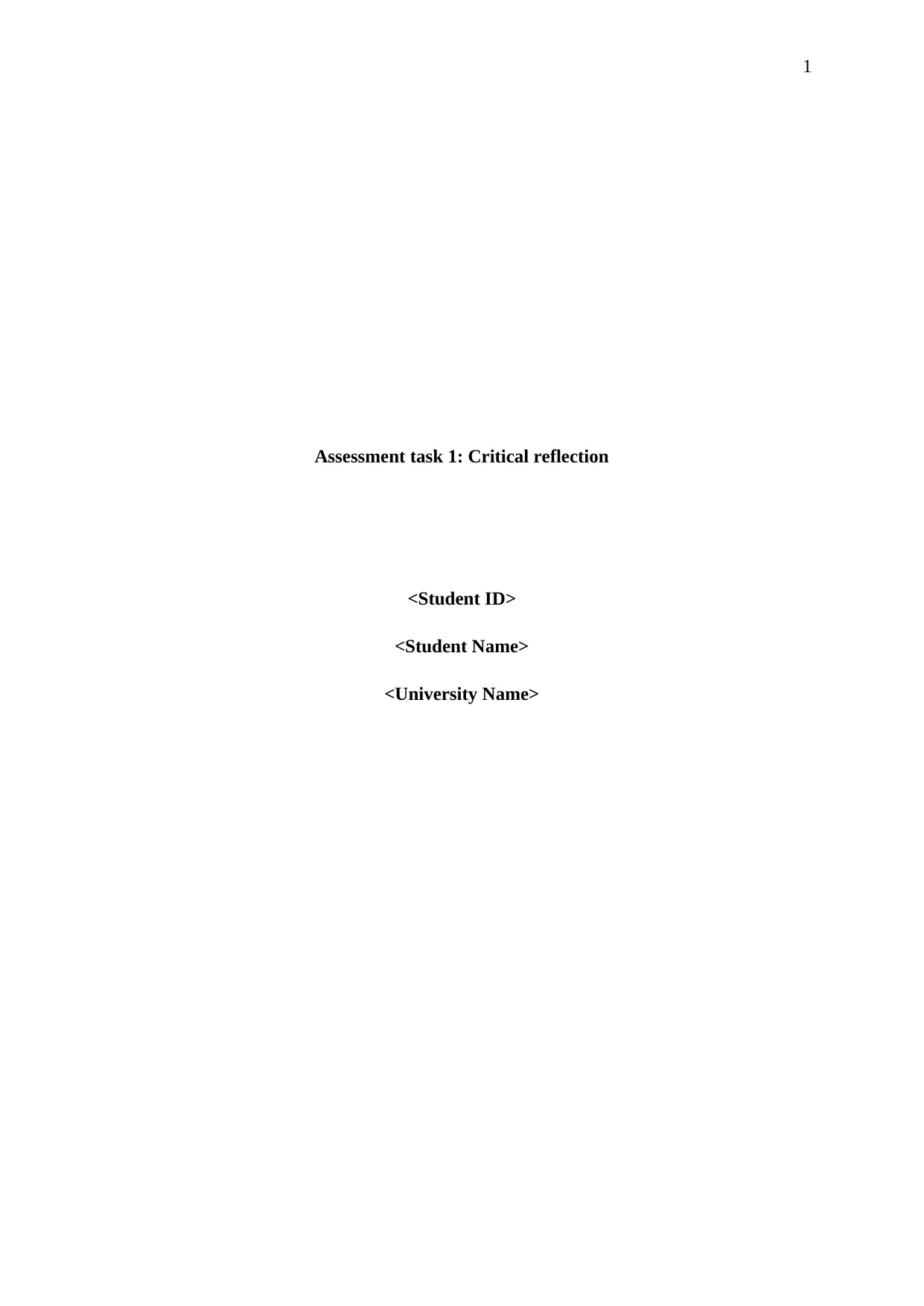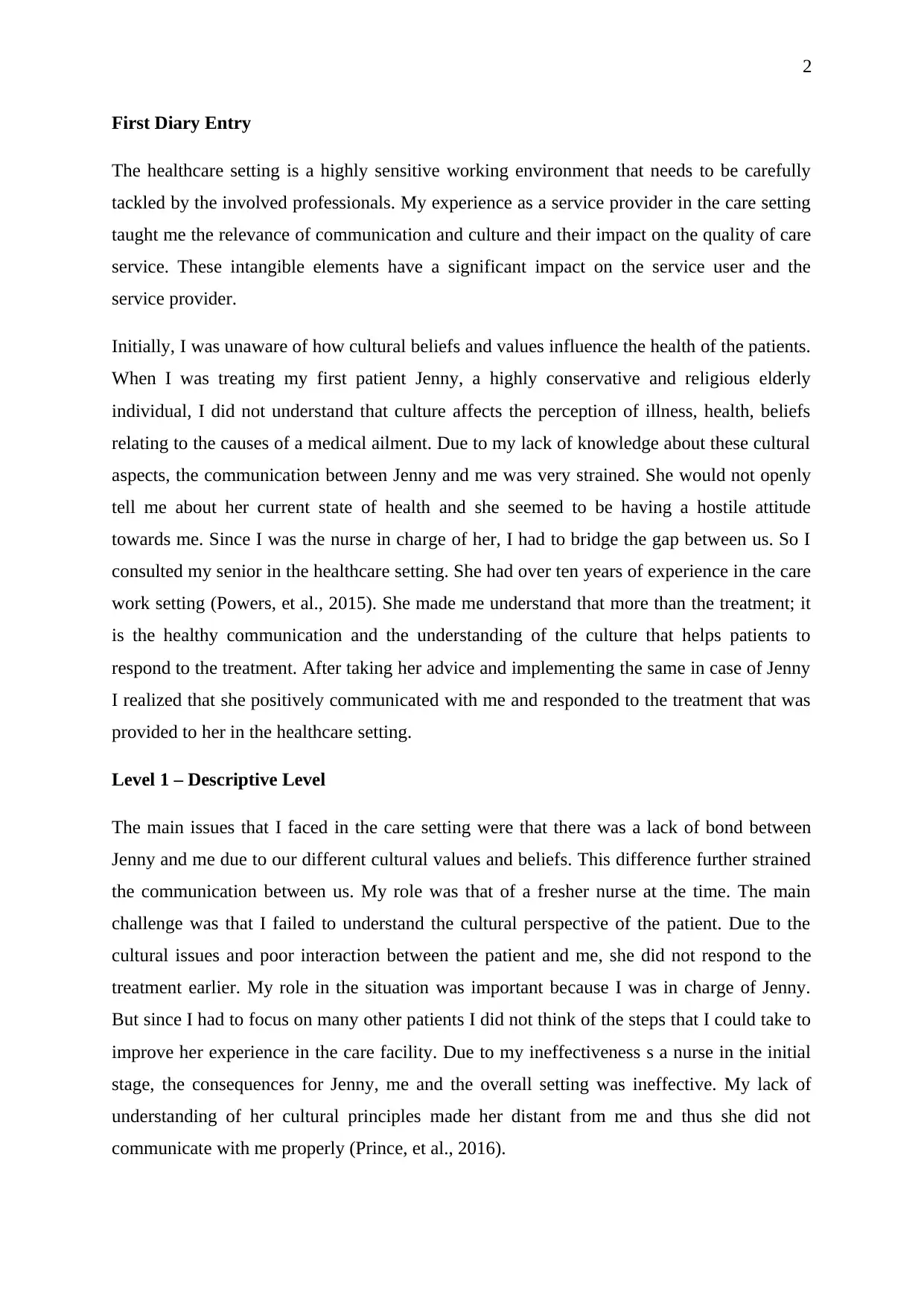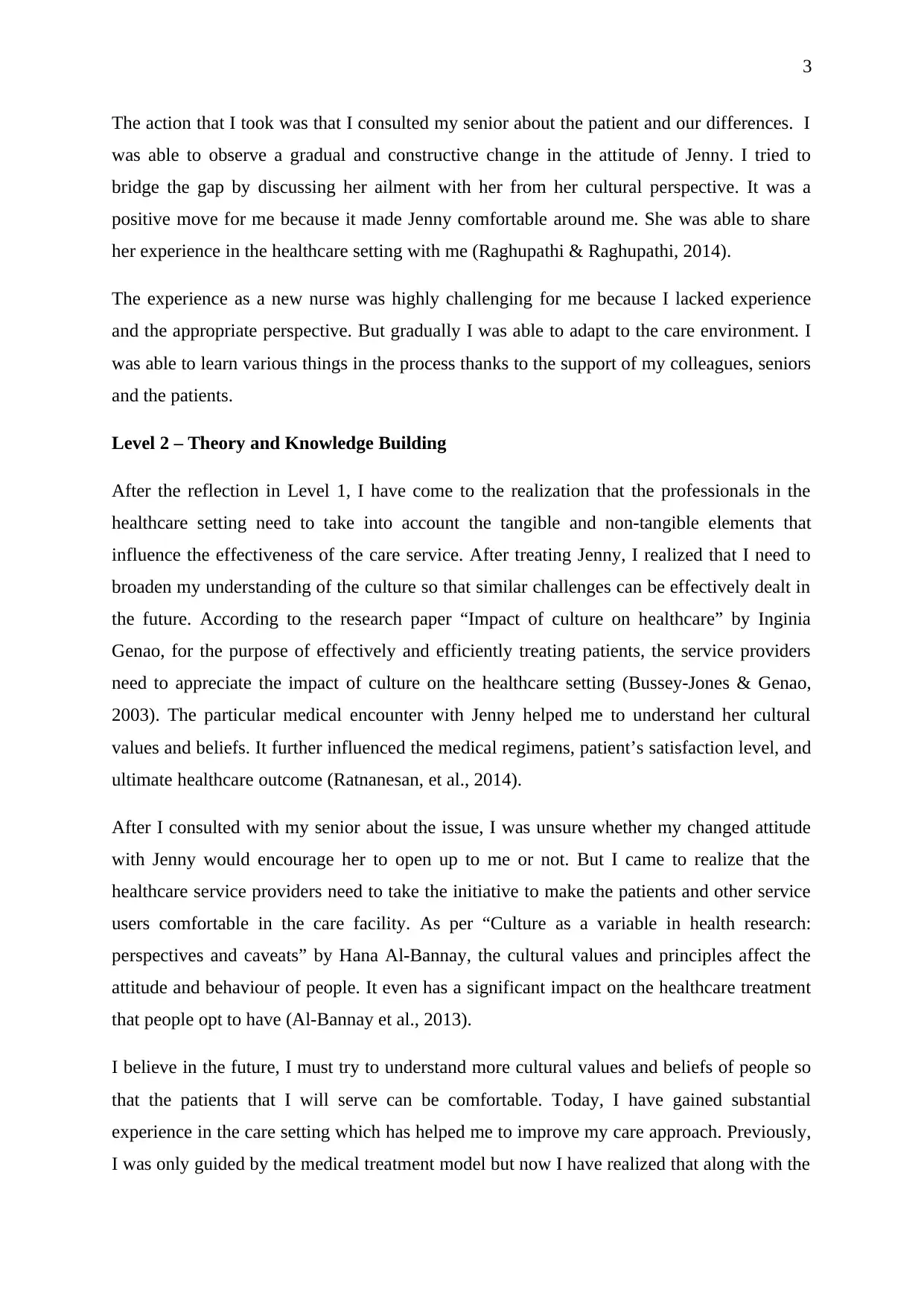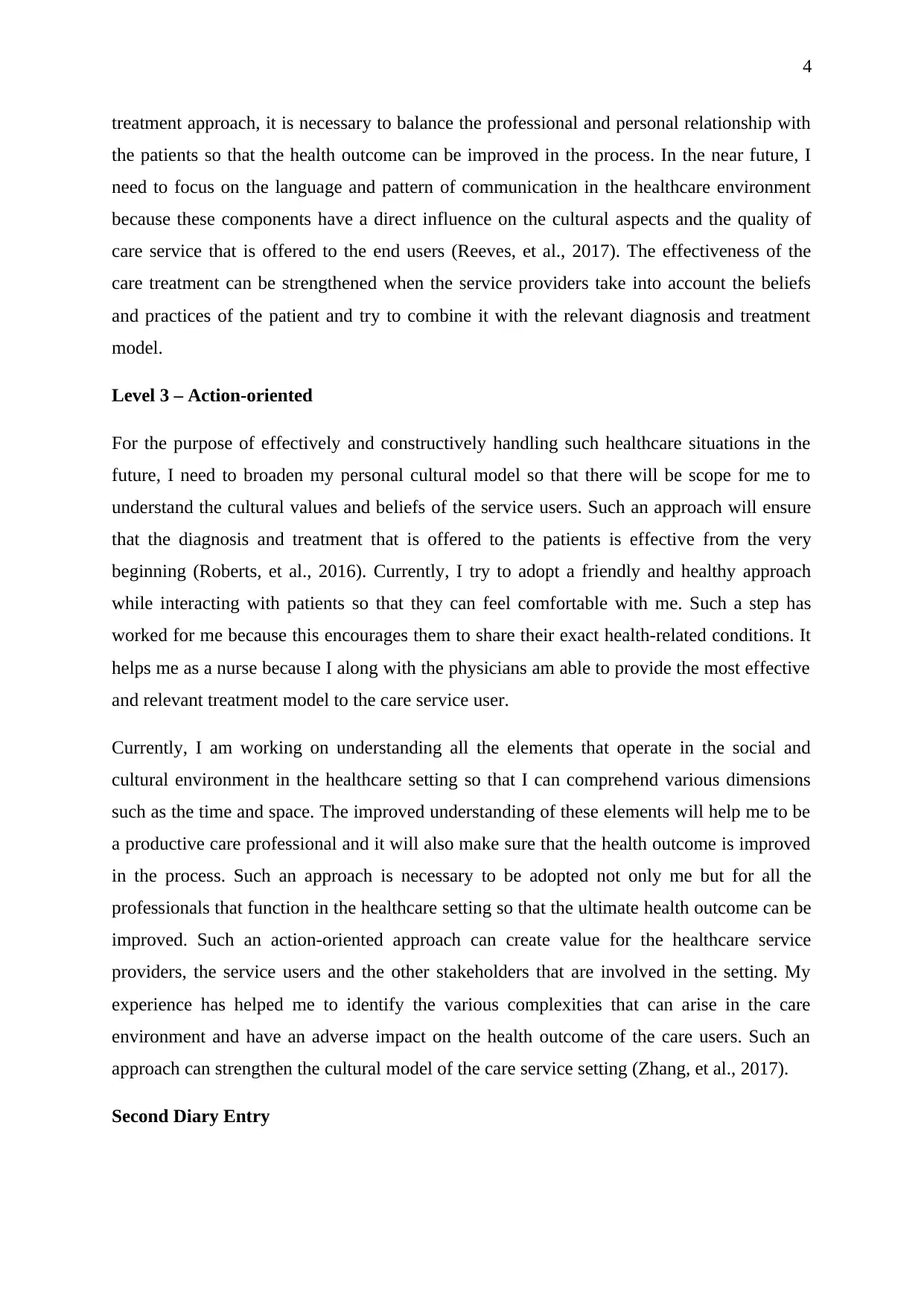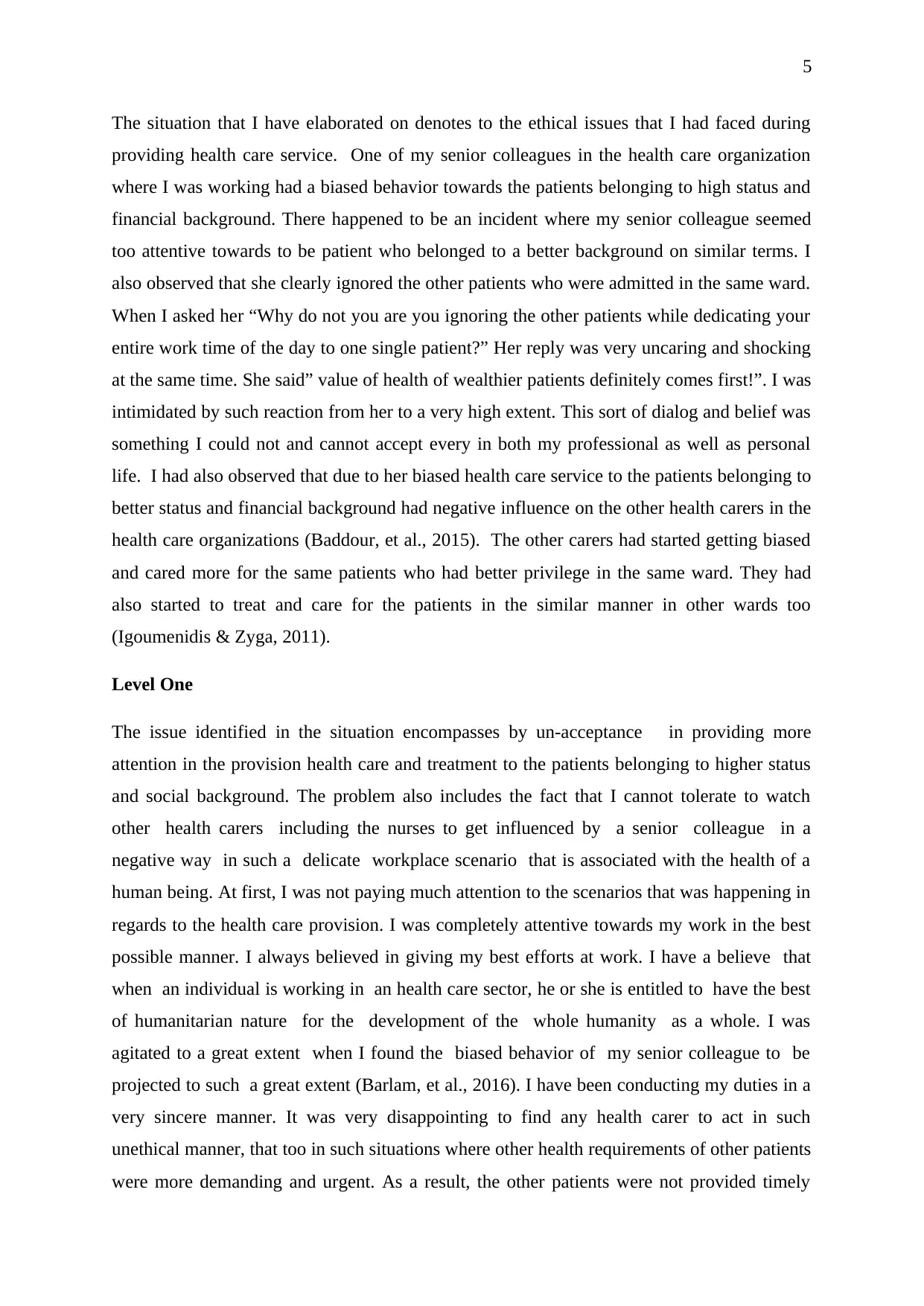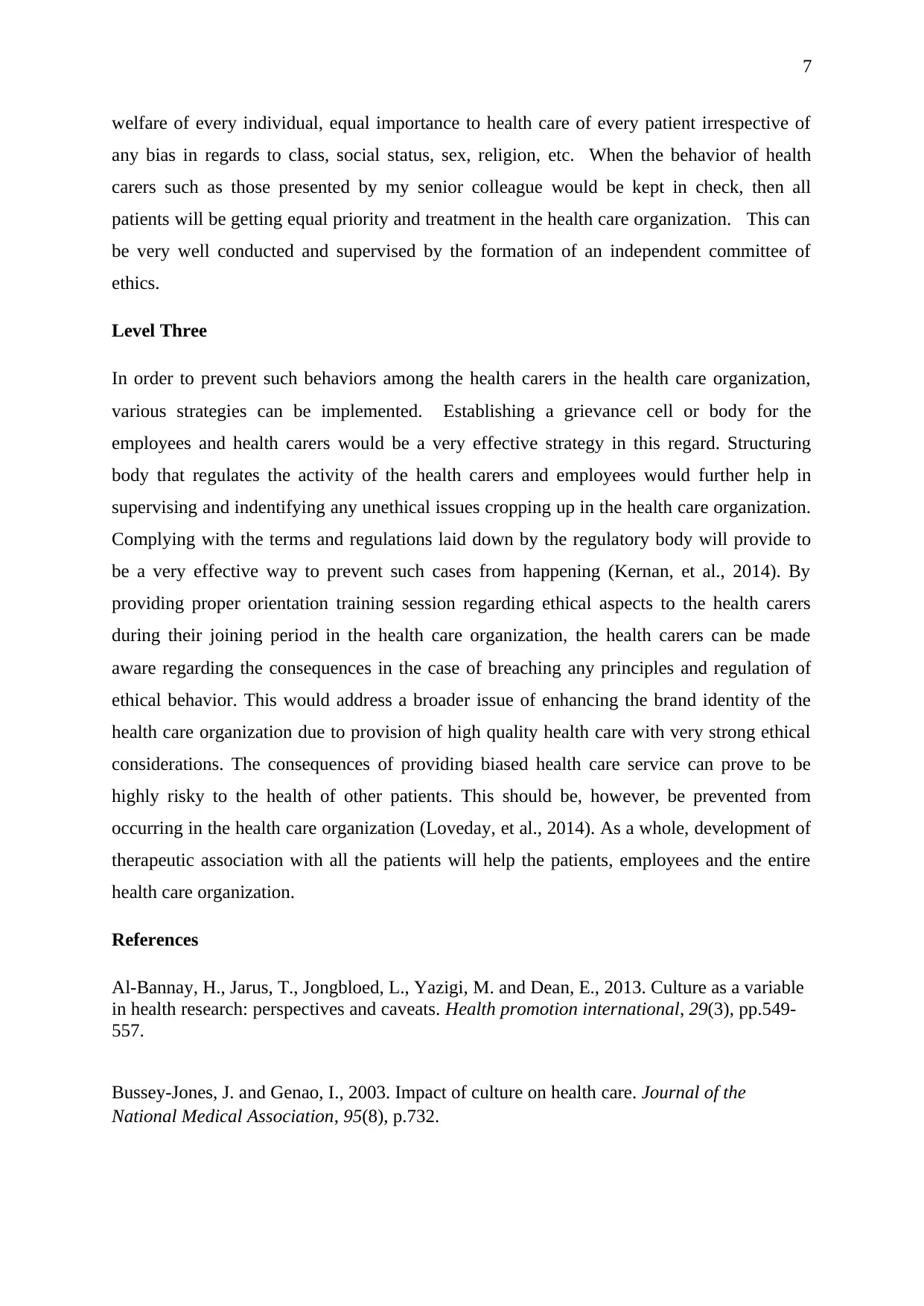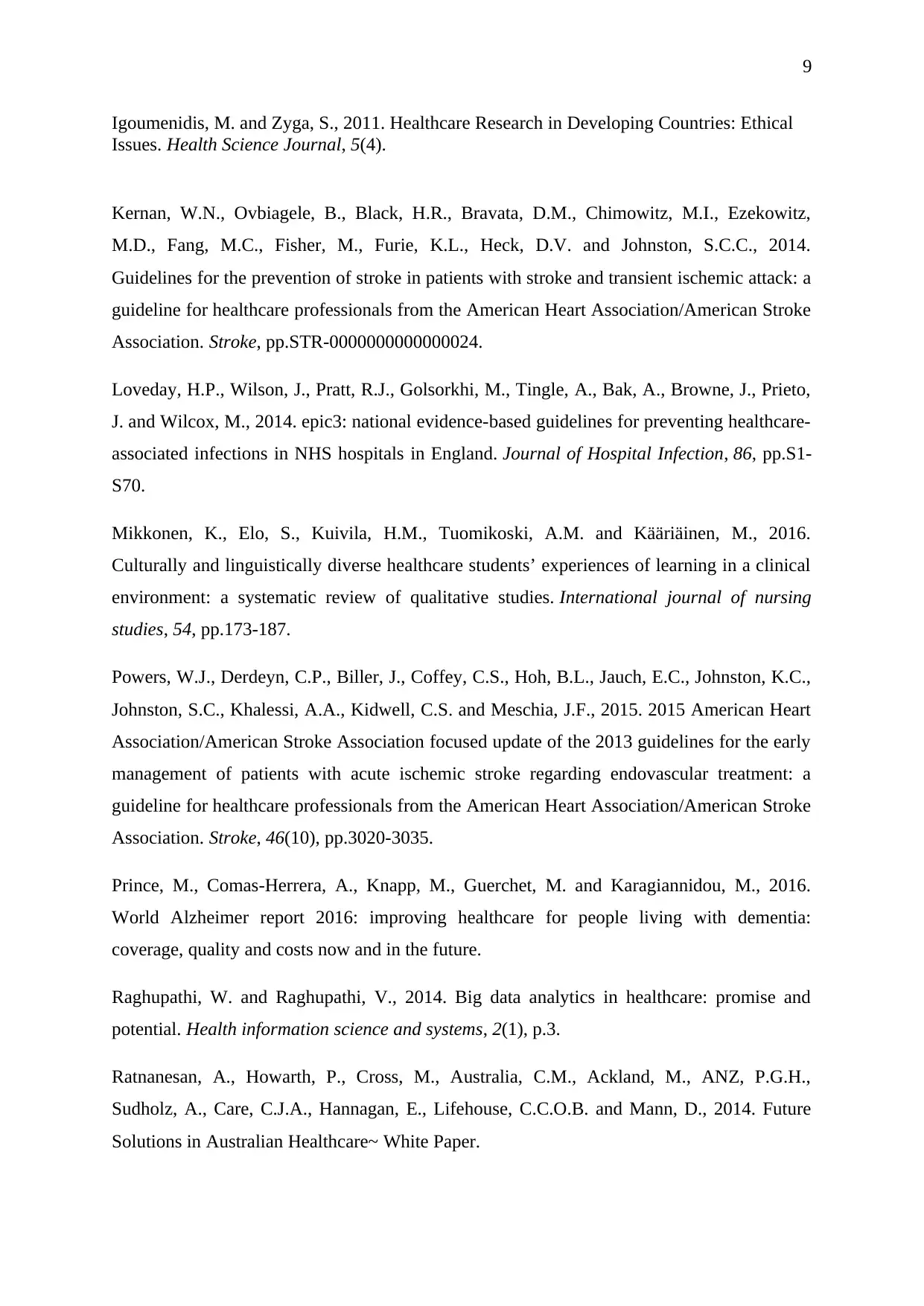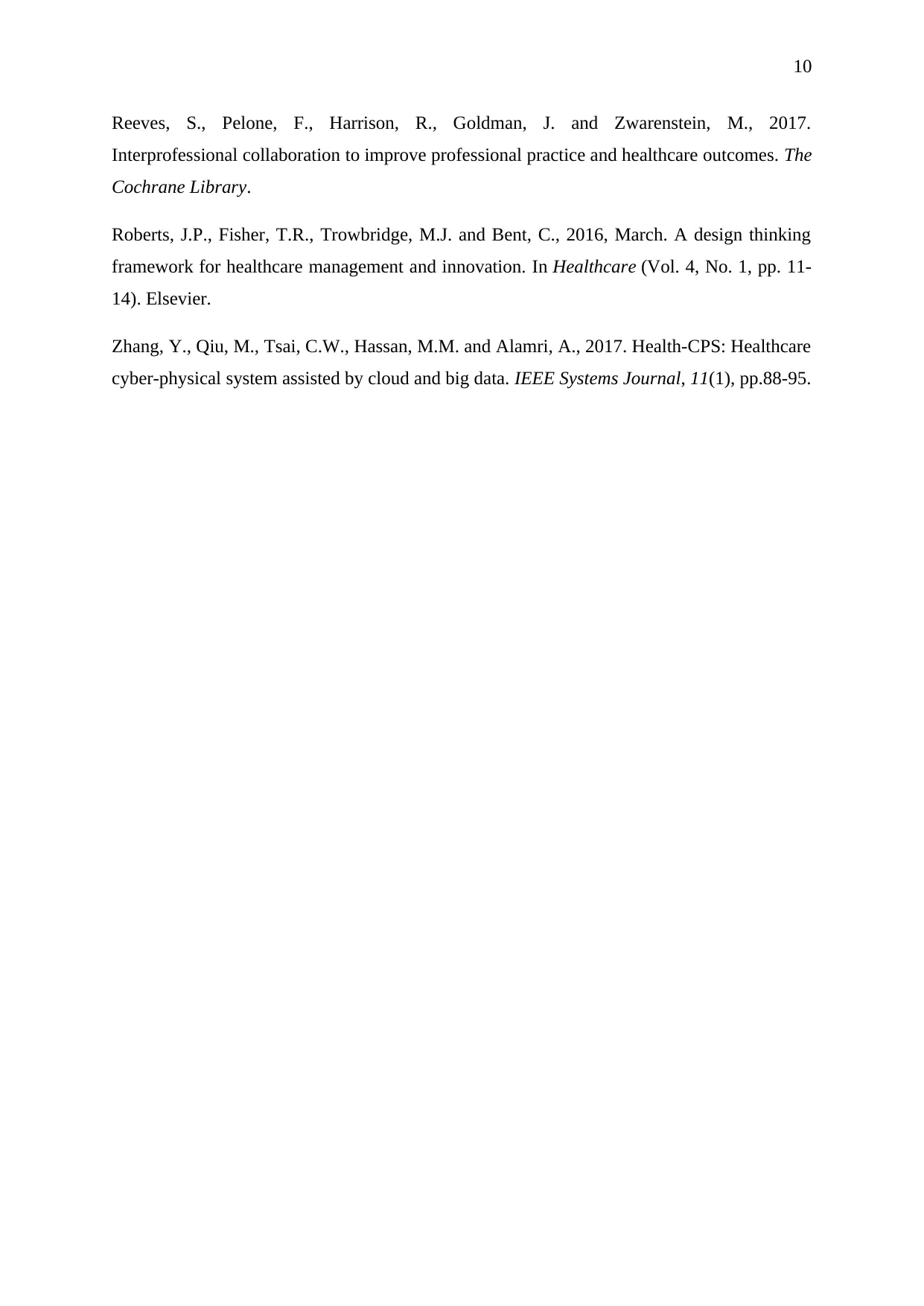This assignment provides a detailed analysis of various aspects of healthcare research and innovation. It includes a list of references from reputable sources such as the American Heart Association, Journal of Hospital Infection, International journal of nursing studies, and IEEE Systems Journal. The assignment is likely to be part of a course in healthcare management or innovation, and it requires students to critically evaluate existing research and guidelines in the field. The topics covered are diverse, ranging from stroke prevention and healthcare-associated infections to culturally sensitive healthcare practices and innovative solutions for healthcare management. Students are expected to demonstrate their understanding of these concepts through a comprehensive assignment that likely involves writing, research, or presentation.
![[object Object]](/_next/static/media/star-bottom.7253800d.svg)
![[object Object]](/_next/static/media/star-bottom.7253800d.svg)
